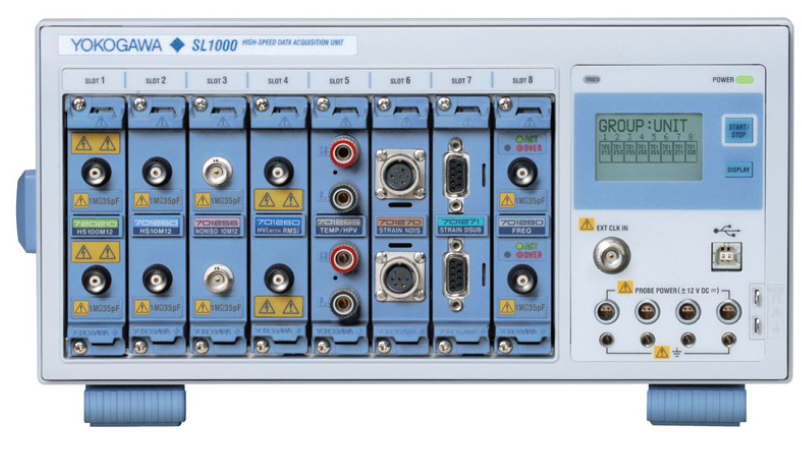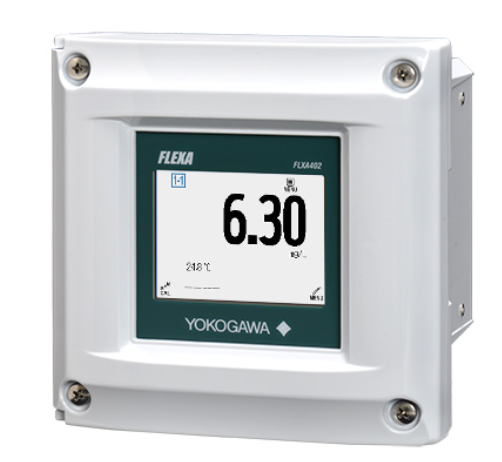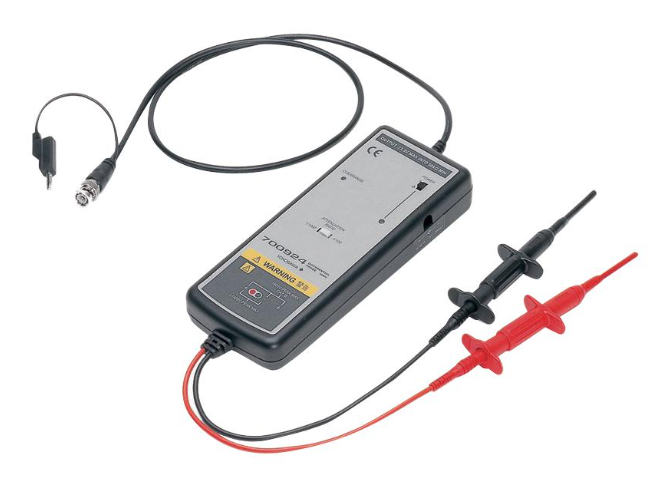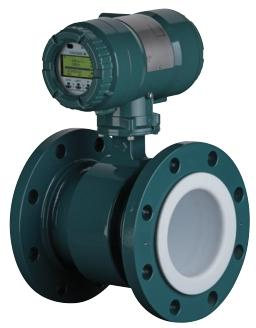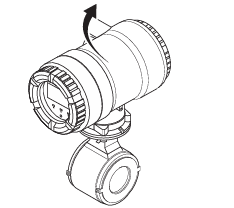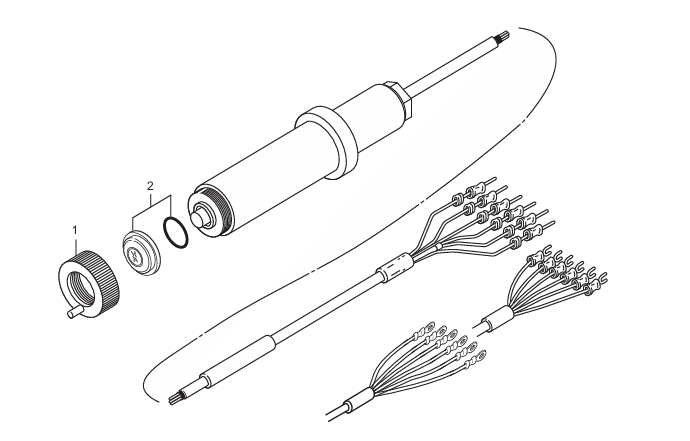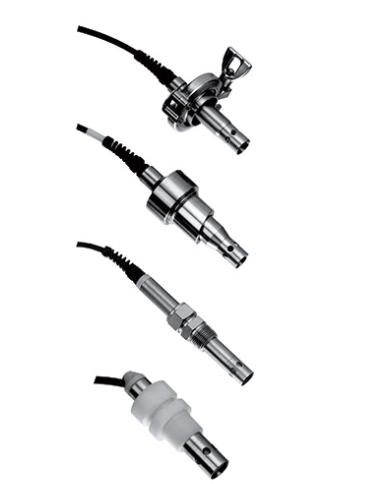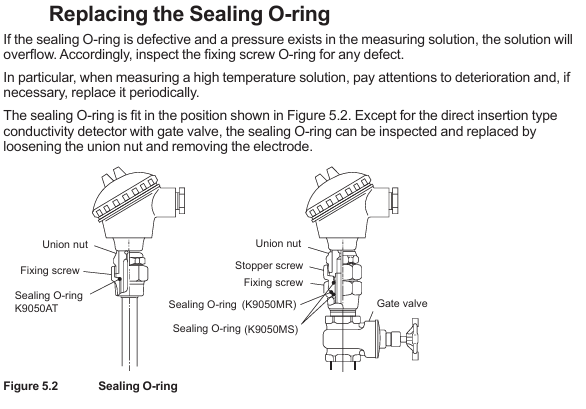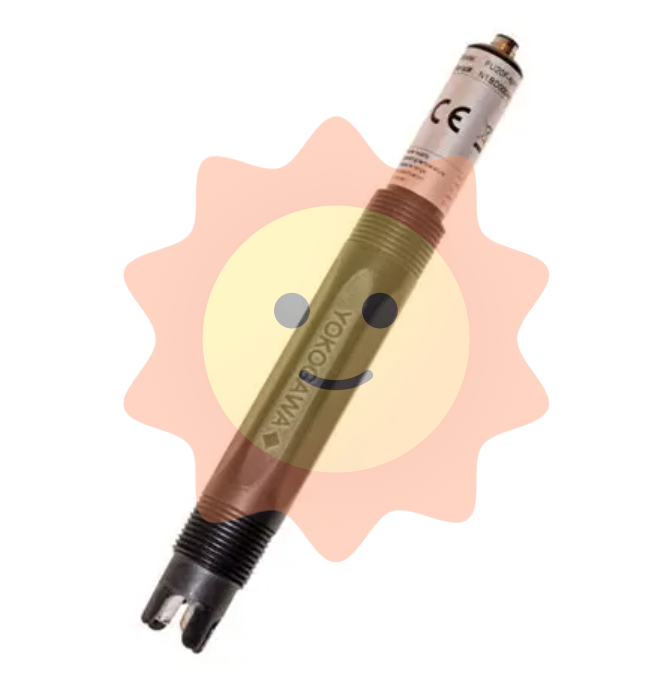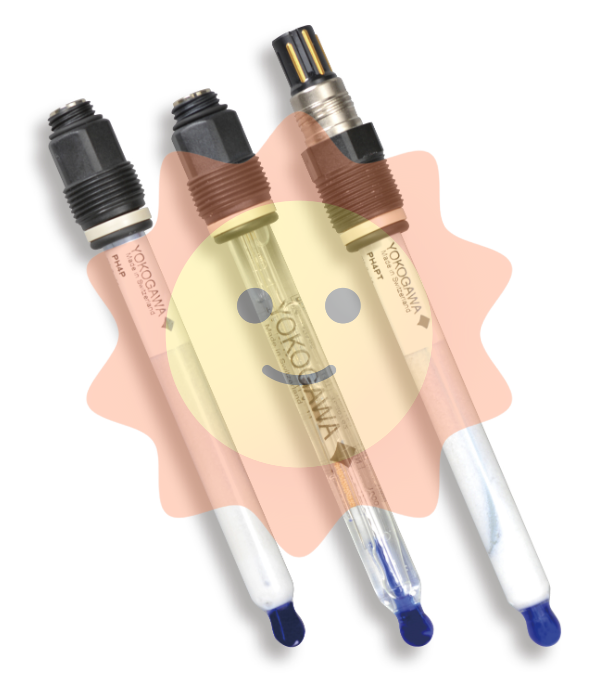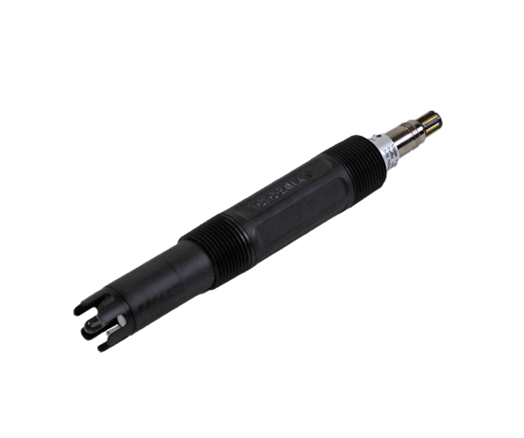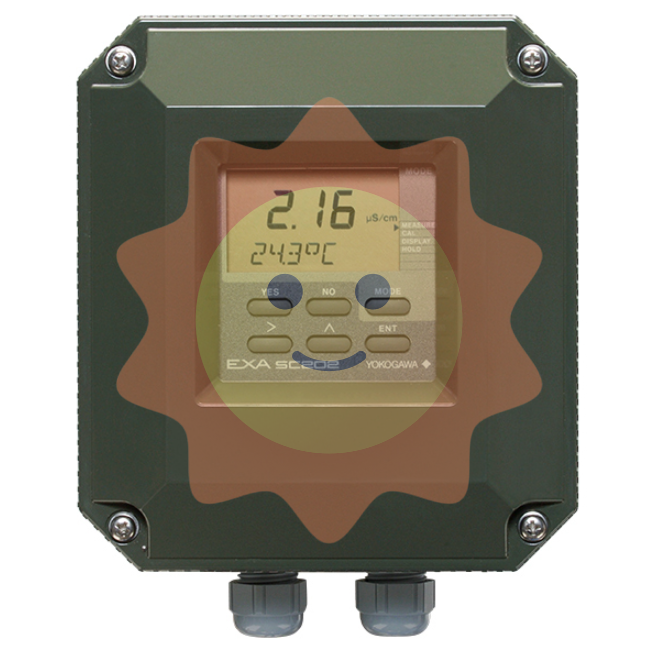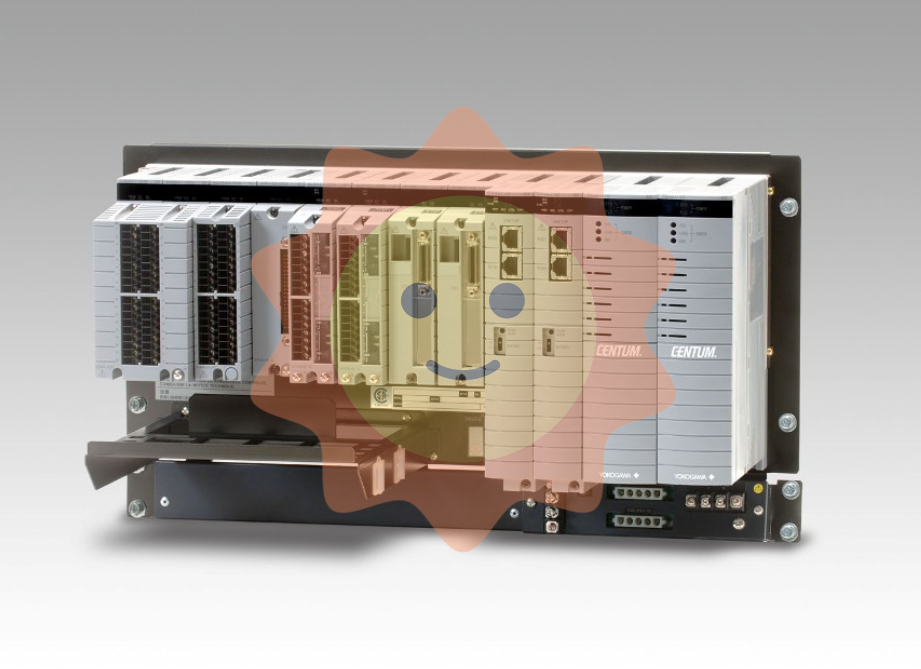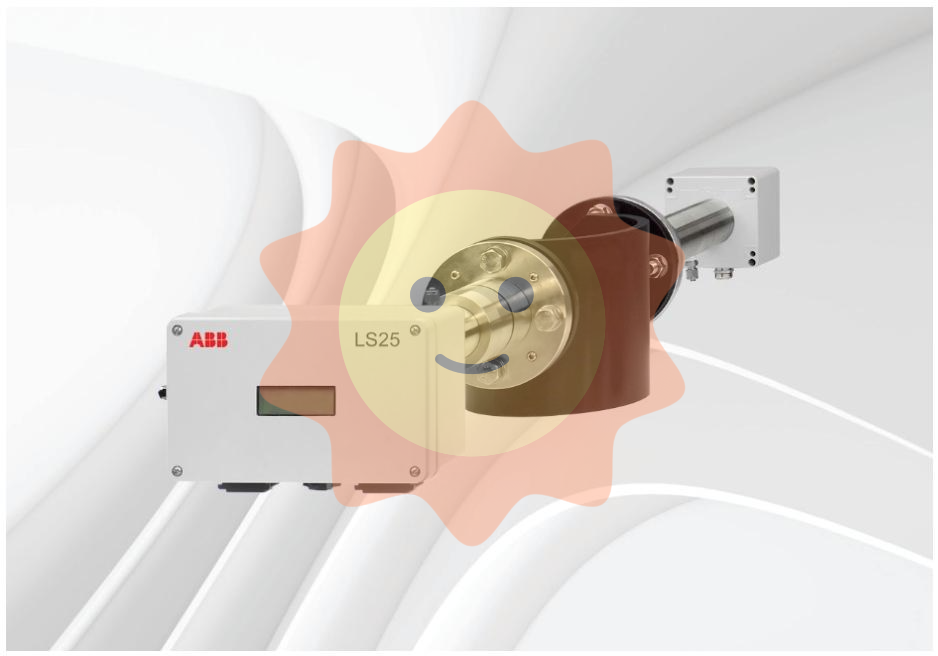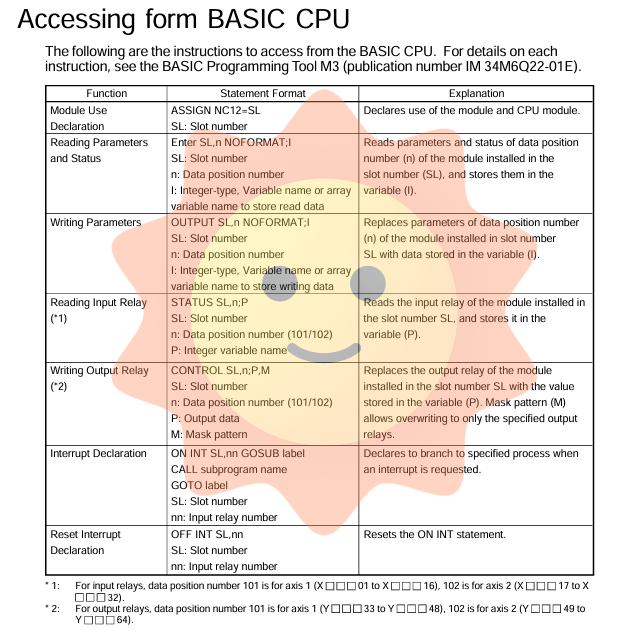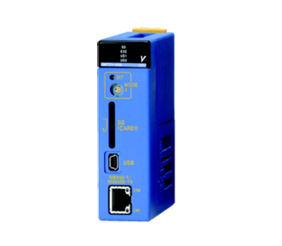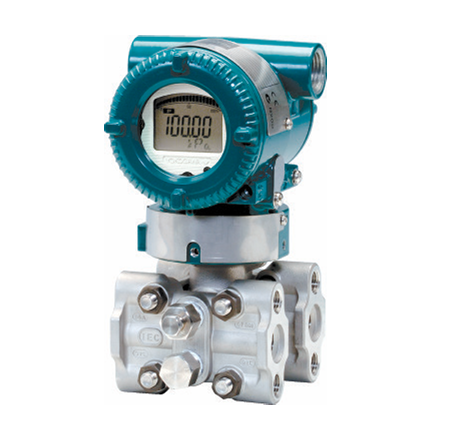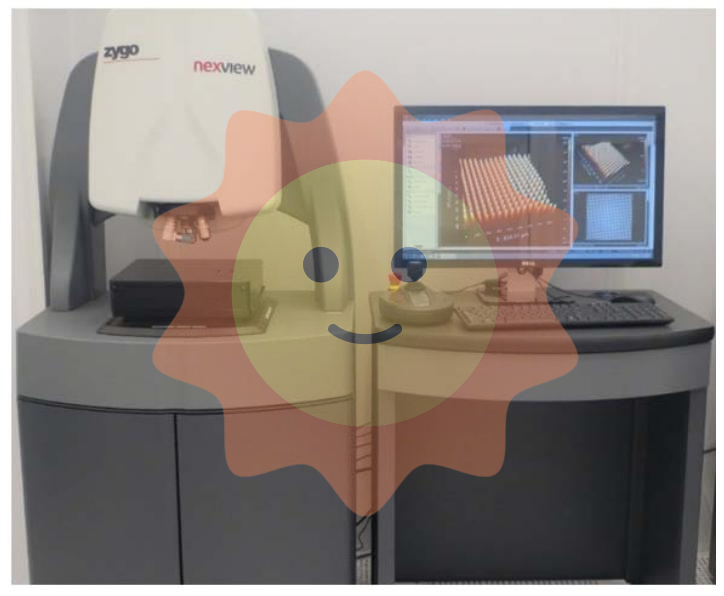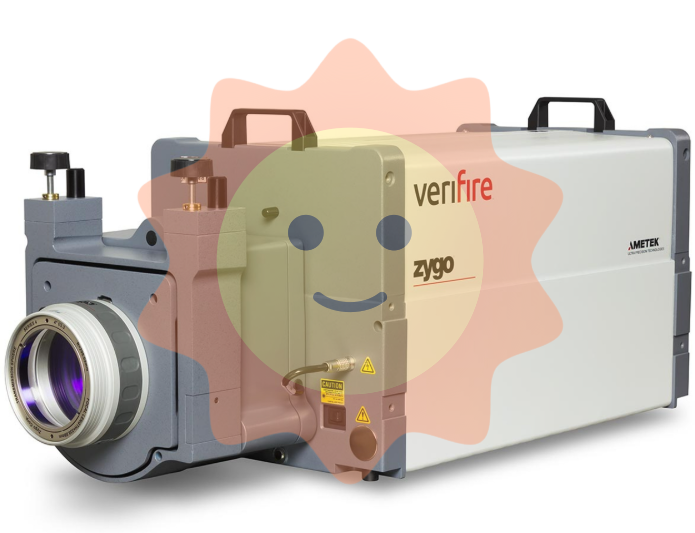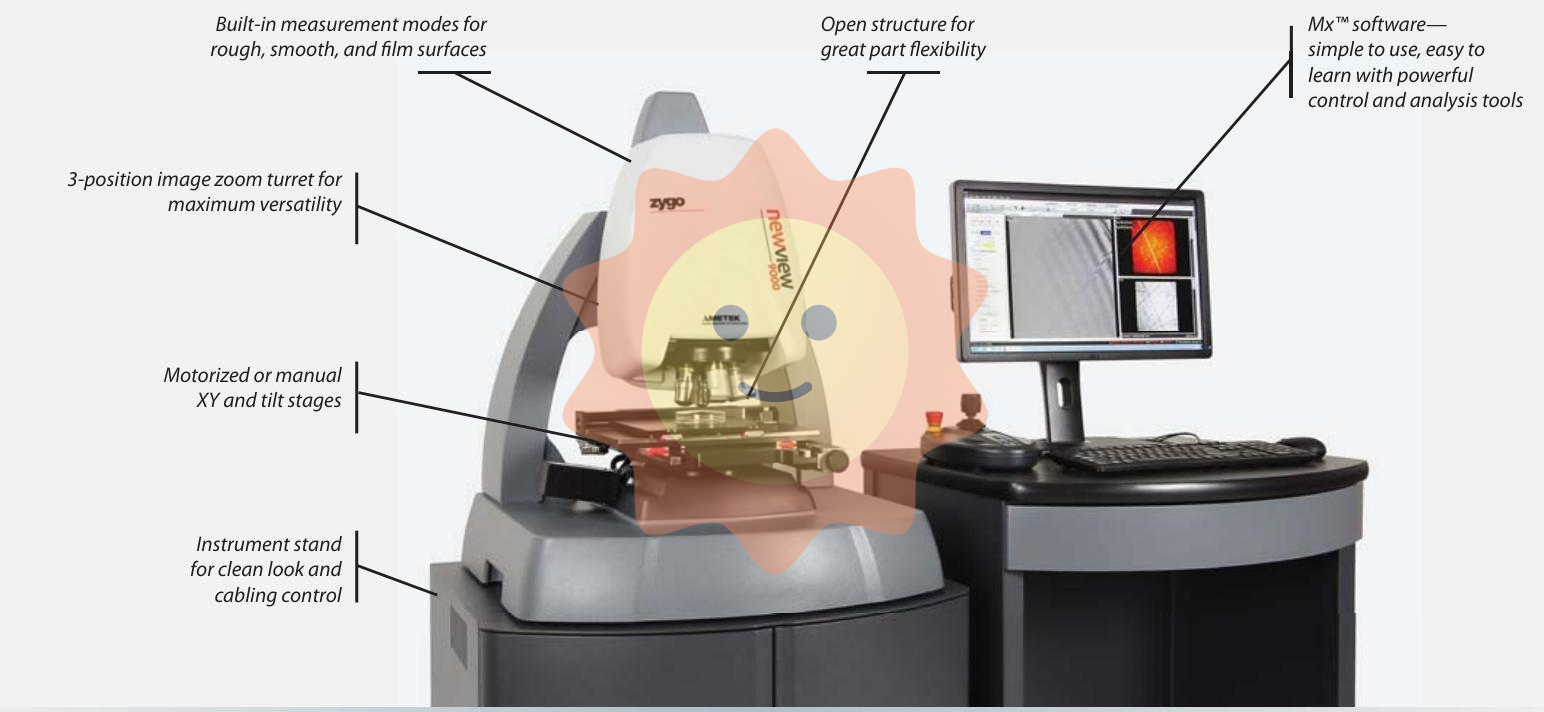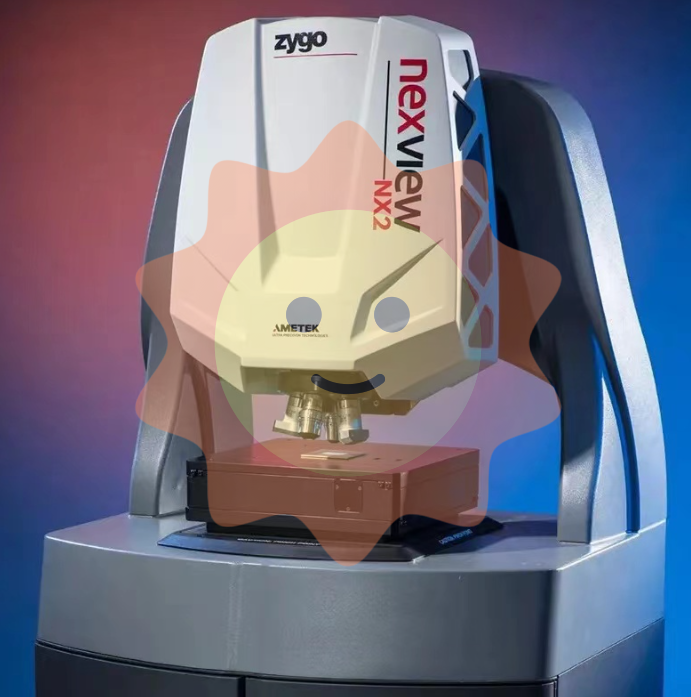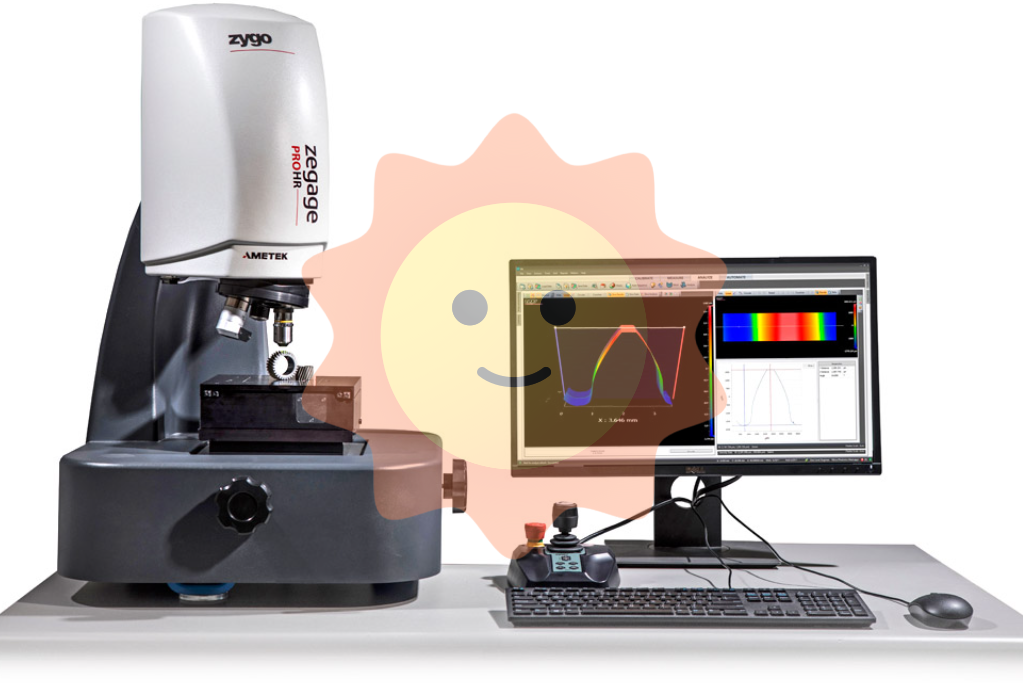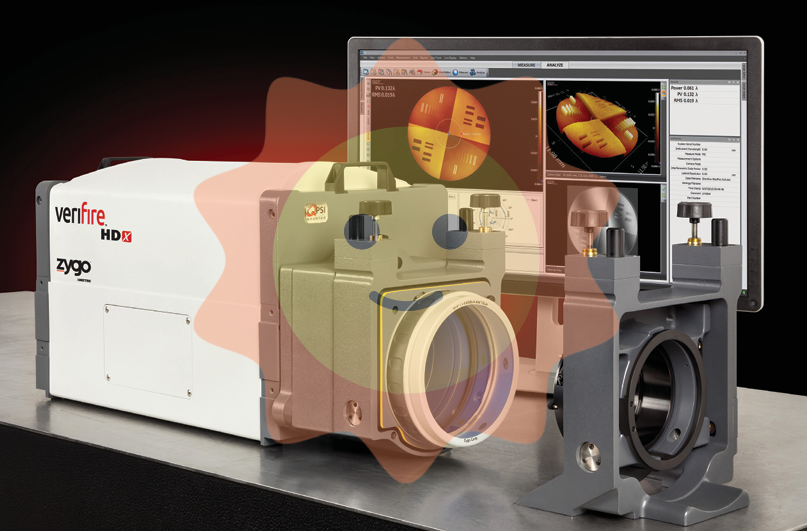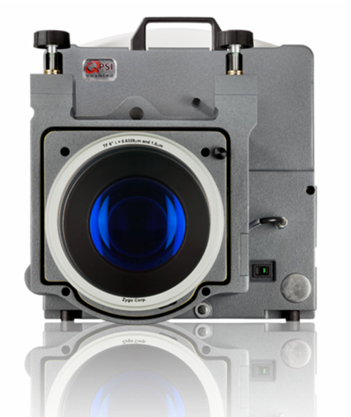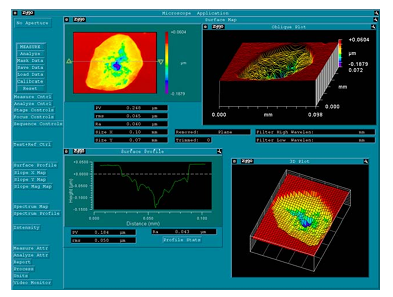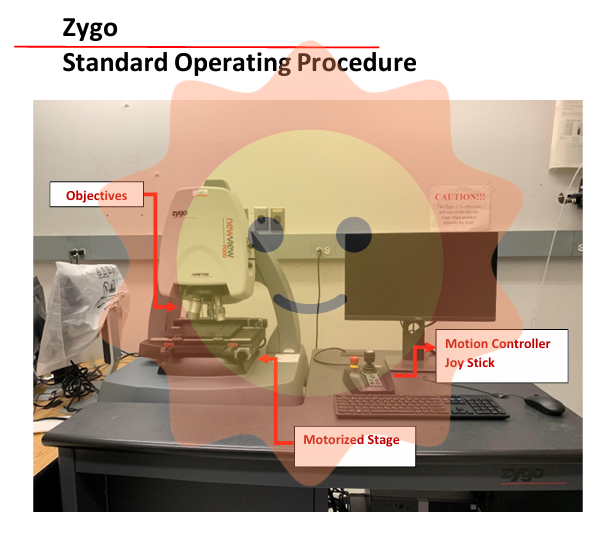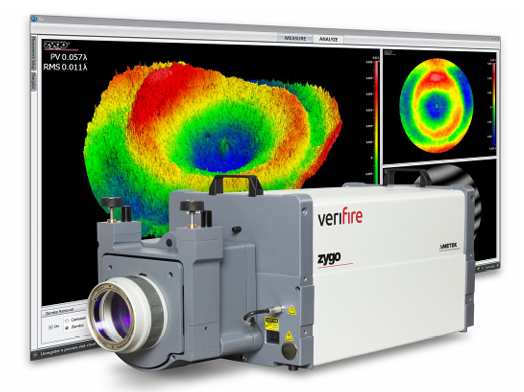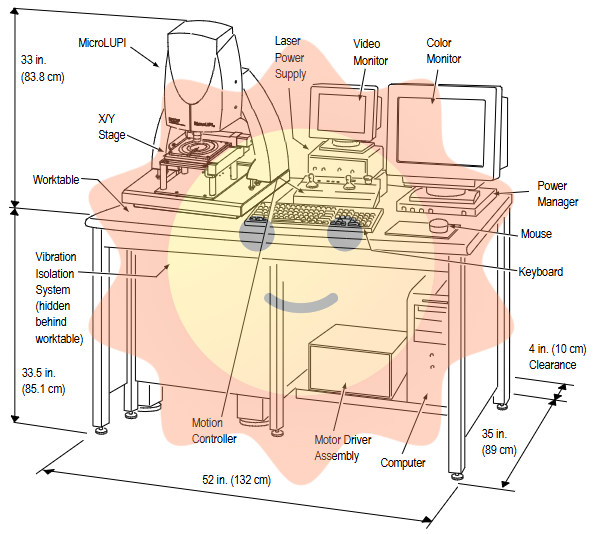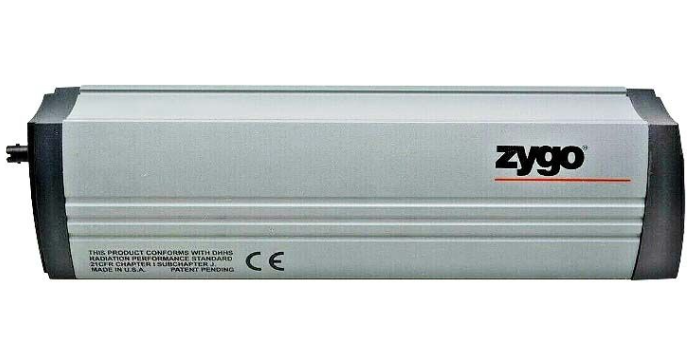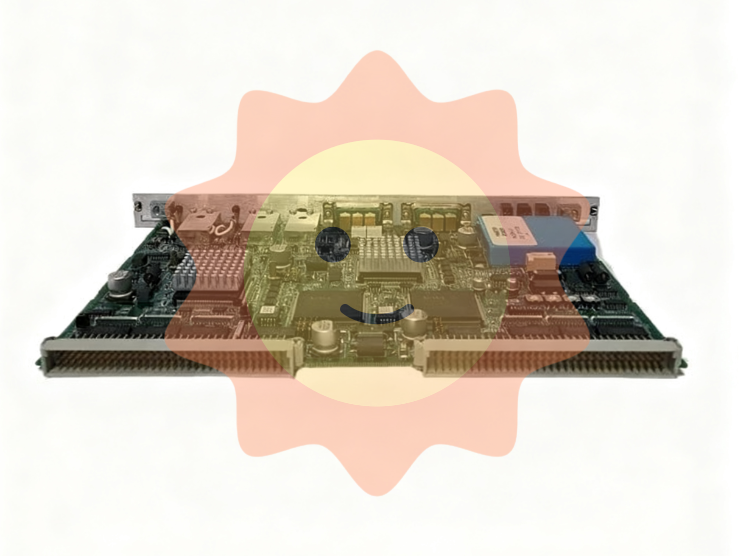ABB E3ED is a high-performance programmable logic controller (PLC) designed for mid to high end industrial automation scenarios, belonging to the core series of ABB's industrial automation control product matrix. This controller is designed with "high computing power, high reliability, and high integration" as its core advantages, specifically for real-time control, data processing, and collaborative scheduling of complex industrial processes. It can accurately execute multidimensional tasks such as logic control, process control, and motion control, while supporting seamless interconnection with upper monitoring systems, intelligent sensors, and actuators, providing core control nodes for building digital and intelligent production systems.
ABB E3ED High-Performance Industrial Controller
Product positioning and core values
ABB E3ED is a high-performance programmable logic controller (PLC) designed for mid to high end industrial automation scenarios, belonging to the core series of ABB's industrial automation control product matrix. This controller is designed with "high computing power, high reliability, and high integration" as its core advantages, specifically for real-time control, data processing, and collaborative scheduling of complex industrial processes. It can accurately execute multidimensional tasks such as logic control, process control, and motion control, while supporting seamless interconnection with upper monitoring systems, intelligent sensors, and actuators, providing core control nodes for building digital and intelligent production systems.
Whether it is precise control of standalone automation equipment or collaborative management of distributed production systems, E3ED controllers can meet the stringent requirements for control accuracy, response speed, and system stability in industries such as power, rail transit, petrochemicals, and intelligent manufacturing with their flexible configuration capabilities and strong environmental adaptability. They are the key hub connecting underlying equipment and upper level information systems.
Core technical specifications
2.1 Hardware Performance Parameters
-Core processor: Multi core industrial grade processor (clock frequency ≥ 1.2GHz), supporting parallel processing of multitasking, with computing power ≥ 100K steps/ms (logic instructions)
-Memory configuration: User program memory ≥ 8MB, data memory ≥ 16MB, supports expansion to 32MB (meets large-scale program storage requirements)
-Storage medium: Built in non-volatile flash memory (≥ 32MB), supports permanent storage of programs and critical data after power failure, optional SD card for data backup and program migration
-Real time clock: Built in high-precision real-time clock (RTC), supports time calibration and power-off battery life (battery life ≥ 720 hours)
-Scalability: Supports multiple types of I/O module expansion, with a maximum number of connected expansion modules of ≥ 16, and supports hot plugging (some modules)
2.2 Communication and Interface Parameters
-Standard communication interface: 2 Gigabit Ethernet ports (supporting TCP/IP, Modbus TCP, Profinet and other protocols), 1 RS485 serial port (supporting Modbus RTU protocol), 1 USB 2.0 interface (for program download and debugging)
-Optional communication module: Supports adding fieldbus modules such as Profibus DP, EtherNet/IP, DeviceNet, as well as 5G/4G wireless communication modules (to meet remote monitoring needs)
-Communication speed: The maximum communication speed of Ethernet port is 1000Mbps, and the maximum communication speed of serial port is 115200bps
-Network function: Supports network redundancy (such as ring network redundancy), data breakpoint retransmission, and ensures communication stability; Support OTA remote program upgrade and fault diagnosis
2.3 Control Performance Parameters
-Control cycle: minimum logic control cycle ≤ 1ms, process control cycle ≤ 10ms, supports cycle priority setting
-Motion control function: Supports up to 32 axis pulse control (pulse frequency ≥ 1MHz), supports point control, linear interpolation, arc interpolation and other motion modes
-Process control function: Built in PID control module (supporting self-tuning function), up to 128 PID loops can be configured to meet closed-loop control of process parameters such as temperature, pressure, and flow rate
-Logical control capability: Supports IEC 61131-3 standard programming languages (LD, FBD, ST, IL, SFC), supports complex logical operations and conditional judgments
2.4 Environmental and Protection Parameters
-Working temperature range: -10 ℃~+60 ℃ (wide temperature models support -25 ℃~+70 ℃)
-Storage temperature range: -40 ℃~+85 ℃
-Relative humidity: 5%~95% (no condensation, in accordance with IEC 60068-2-3 standard)
-Protection level: IP30 (controller body), installed in the control cabinet to meet protection requirements of IP54 and above
-Anti interference capability: compliant with IEC 61000-4 standard, electrostatic discharge immunity ≥ ± 8kV (contact)/± 15kV (air), electrical fast transient pulse group immunity ≥ ± 2kV
-Installation method: Standard 35mm DIN rail installation, supporting vertical or horizontal installation
Core functions and technological advantages
3.1 Multi core parallel processing to ensure real-time control
Adopting a multi-core industrial grade processor architecture, tasks such as logic control, motion control, and data communication are allocated to different cores for parallel processing, avoiding control delays caused by single task blocking. Simultaneously equipped with an independent real-time processing unit (RTU), it ensures stable execution cycles of critical control tasks and is not affected by non real time tasks (such as data uploading), making it particularly suitable for precision manufacturing scenarios that require extremely high response speed.
3.2 Comprehensive redundancy design to enhance system reliability
Support triple redundancy mechanism of power redundancy, CPU redundancy, and network redundancy: dual redundant power input can automatically switch to avoid system shutdown caused by single power failure; Under CPU redundancy configuration, the primary and backup controllers synchronize data in real-time and seamlessly switch in case of failure (switching time ≤ 10ms); Network redundancy supports ring network topology. When a single link fails, data can be transmitted through a backup link to ensure communication continuity. In addition, the controller has hardware watchdog and software self diagnostic functions, which can monitor its own operating status in real time and automatically restart or trigger an alarm in case of abnormalities.
3.3 Flexible modular expansion to adapt to diverse scenarios
Adopting standardized module interface design, it can be flexibly combined with ABB's full range of digital I/O, analog I/O, and special function modules (such as temperature acquisition and weighing modules) to configure the system scale according to actual control requirements. The module supports hot swapping function, which allows for module replacement and maintenance without interrupting system operation, reducing downtime and improving production efficiency. At the same time, the controller is compatible with third-party standard modules, reducing the cost of system upgrades and modifications.
3.4 Powerful digital and intelligent capabilities
Built in data acquisition and pre-processing module, it can collect equipment operation data, control parameters and fault information in real time, and analyze the data through edge computing capability to achieve equipment health status assessment, fault early warning and energy consumption optimization. Supporting ABB Ability ™ And other industrial Internet platforms, upload field data to the cloud, and realize remote monitoring, data analysis and production scheduling. In addition, the controller supports the deployment of machine learning algorithms and can train models through historical data to achieve adaptive optimization of control parameters, thereby improving the intelligence level of the production process.
3.5 Convenient development and operation tools
Supporting ABB Automation Builder integrated development environment, supporting five programming languages of IEC 61131-3 standard, providing graphical programming interface, online program debugging, logic simulation and other functions to reduce development difficulty. In terms of operation and maintenance, the development software can monitor the real-time operation status of the controller, read fault logs, and support remote diagnosis and program upgrades, reducing on-site operation and maintenance workload. At the same time, the controller is equipped with an LCD display screen and operation buttons, which can locally view key parameters and fault information, improving the convenience of operation and maintenance.
Typical application scenarios
-In the field of intelligent manufacturing, it is used for collaborative control of automated production lines, enabling the coordinated operation of multiple devices, precision motion control (such as robotic arm assembly, laser cutting), and real-time collection and uploading of production data. It supports flexible production modes and can quickly adapt to the production needs of different specifications of products.
-Power industry: applied to substation automation systems, new energy generation (photovoltaic, wind power) control systems, to achieve start stop control, operation parameter monitoring, and fault protection of power equipment, ensuring the stability of power supply through redundant design, and supporting integration with power grid dispatch systems.
-Petrochemical industry: used for closed-loop control of temperature, pressure, flow and other parameters in chemical reaction vessels, as well as logical control of conveying pumps and valves. It has the ability to resist strong electromagnetic interference and adapt to high temperature and high humidity environments, which can ensure the safety and stability of chemical production processes.
-Rail transit industry: used for platform equipment control of subways and light rails (such as platform screen doors, ventilation systems), train auxiliary system control, supporting harsh onboard environments (anti vibration, anti impact), and ensuring reliable transmission of control signals through redundant communication.
-Food and beverage industry: used for controlling the filling, packaging, sorting and other processes of production lines, supporting hygiene level design requirements, achieving precise control and data traceability of the production process, and meeting the quality control requirements of the food industry.
Installation and usage precautions
1. Compatibility confirmation: Before the first installation, it is necessary to confirm the compatibility of the controller model with the expansion module and communication module to ensure hardware matching; Simultaneously confirm that the development software version is consistent with the controller firmware version to avoid abnormal program downloads.
2. Installation environment requirements: It should be installed in a well ventilated, dust-free, and non corrosive gas control cabinet, avoiding direct sunlight and rainwater immersion; The control cabinet needs to be equipped with a cooling fan or cooling device to ensure that the ambient temperature does not exceed the rated operating temperature of the controller.
3. Wiring specifications: Power wiring should distinguish between positive and negative poles to ensure a secure connection and avoid short circuits; Communication lines and power lines need to be wired separately (with a spacing of ≥ 10cm) to reduce electromagnetic interference; I/O wiring needs to be properly labeled for easy maintenance in the future.
4. Redundancy configuration debugging: If configuring a redundant system, it is necessary to synchronize the parameters of the main and backup controllers through software development, conduct redundancy switching tests, and confirm that normal switching can be achieved in case of faults; Network redundancy requires configuring correct ring network parameters to test communication continuity in case of link failures.
5. Program and data management: Regularly backup the programs and critical data in the controller, which can be achieved through SD card or upper system; After modifying the program, offline simulation testing is required to confirm its correctness before downloading it online to avoid system failures caused by program errors.
6. Regular maintenance: Conduct maintenance on the controller once a quarter, including cleaning surface dust, checking the tightness of wiring terminals, and testing the stability of power supply voltage; Conduct a comprehensive inspection of redundant systems and communication links once a year to ensure the reliable operation of the system.
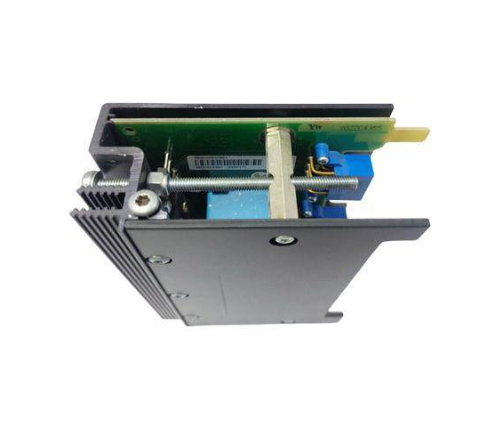
- User name Member Level Quantity Specification Purchase Date
- Satisfaction :
-









Email:wang@kongjiangauto.com

